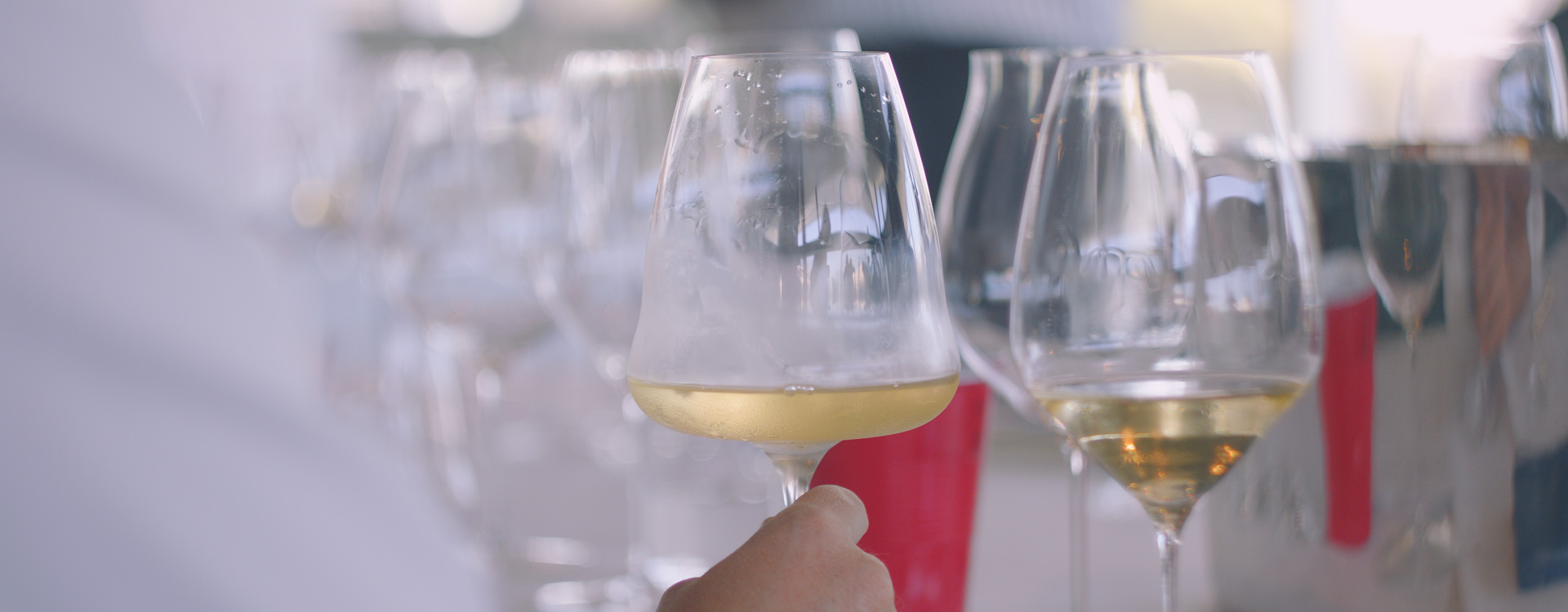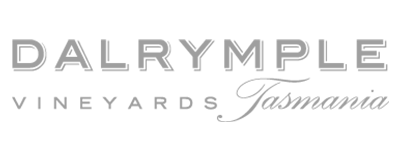
Glass Wars
|
Imagine being a premium Sparkling wine or Champagne producer. You spend years perfecting winemaking techniques and crafting quality wines to see much of your product thrown back without a thought. Racing car drivers and other sportsmen and women liberally spray your product over crowds and competitors leaving a cold, sticky mess. And at most parties your product is normally handed out at the door as a simple entreé before moving on to the more ‘serious’ wines. But that is not the worst thing. Have you seen the glassware that Sparkling wines generally get lumped with? In the 60s and 70s, it was the saucer, with its bowl so wide that any delicate aromas were lost almost as soon as the wine hit the glass. It also went against the fine, focussed style of sparkling as it directed wine all round the mouth. The only good thing about the saucer was that they could be stacked high to create a pyramid of Sparkling wine, which is a good way to start any serious party. Then the tables were turned from the sublime to the ridiculous - the Champagne flute - with its opening reined in so hard that it now strangled any aromas that were trying to get out. The shape though was a big improvement, directing sparkling wines in a fine stream over the tongue, their acidity perking up the experience. So it comes as no great surprise that some Sparkling wine producers are looking for something better - a glass shaped to showcase all the efforts that have gone into creating their finest wines. At Jansz Tasmania, that process has taken on a much more serious complexion, bringing in the team from RIEDEL, including Maximilian Riedel, 11th generation of the Riedel family, to help find the perfect Jansz Tasmania glass. The process included the Jansz Tasmania team who were joined by industry experts, sommeliers and writers, such as Annette Lacey MW, to help identify the optimal glass and, potentially, even come up with their own unique glass that suits some of Tasmania’s best. It started with the dispatch of samples to Maximilian Riedel in Austria to taste the Jansz Tasmania collection and pick out a range of glasses to trial back in Australia. He came up with 12, from glasses such as Riedel Performance Riesling glass through to the Sparkling wine glasses from across Riedel’s various collections. Maximilian then came to Sydney and led the tasting at Quay Restaurant to help identify the best Jansz Tasmania glass from their current range. There were 4 rounds. The first involved small pours of Jansz Tasmania Vintage Cuvee 2018 in each of the 12 glasses on the table. Every glass was sniffed and tasted by 15 testers and we each identified our nine favourite glasses. Maximilian recorded the scores and the bottom-performing three glasses were then removed from the process. One of these was the classic party flute, as the wine was aromatically quite neutral and simple in the glass. Rounds 2 and 3 were identical with Jansz Tasmania Single Vineyard Vintage Chardonnay 2016 and Jansz Tasmania Premium Cuvee NV respectively, each round rejecting another three glasses, leaving a final three for the last sampling – from RIEDEL’S Winewings, Veloce, and Veritas Wine Glass collections. At this time, we sampled the last three glasses with a bottle of the Jansz Tasmania Late Disgorged Vintage Cuvee 2014 and were each asked to pick our winner. The RIEDEL Veloce Glass was never in the running. While its bigger bowl helped develop aromatic and flavour complexity, the wide opening simply made the aromas seem more diffuse. So it came down to two glasses - the new RIEDEL Winewings glass and the RIEDEL Veritas glass - the key difference being that the Veritas glass had a slightly more tapered shape helping to provide excellent fruit focus but with a bowl significantly larger than a standard flute adding to complexity in the glass. The flatter bowled Winewings however also provided impressive complexity as the aromas built in the glass. The result was not unanimous but a repeat tasting a couple of weeks later with a largely different set of participants came up with the same choice, and slightly more convincingly. So, we have a winner – its shape better aligned with the purity of Jansz Tasmania fruit while the moderately sized bowl helped to retain the fruit delicacy across the range. The question now is whether Jansz tweak the glass, perhaps with elements of the three leading glasses, to come up with their own proprietary glass, specially designed to suit their own wines. Only time will tell.
Words by Angus Hughson – Winepilot
|






